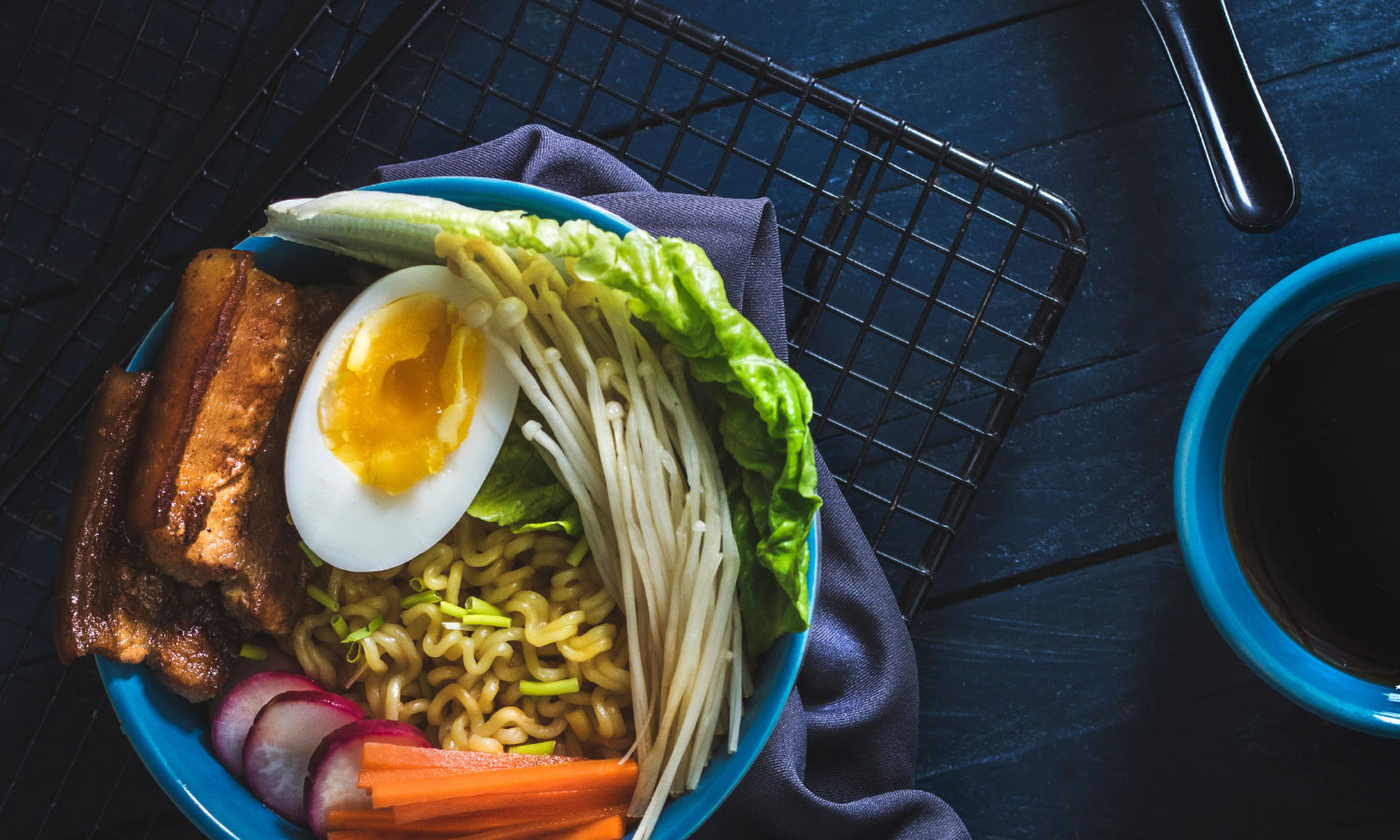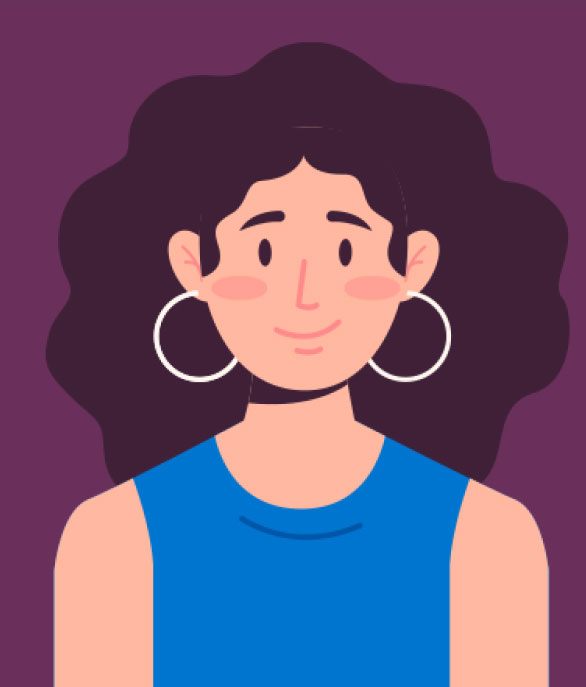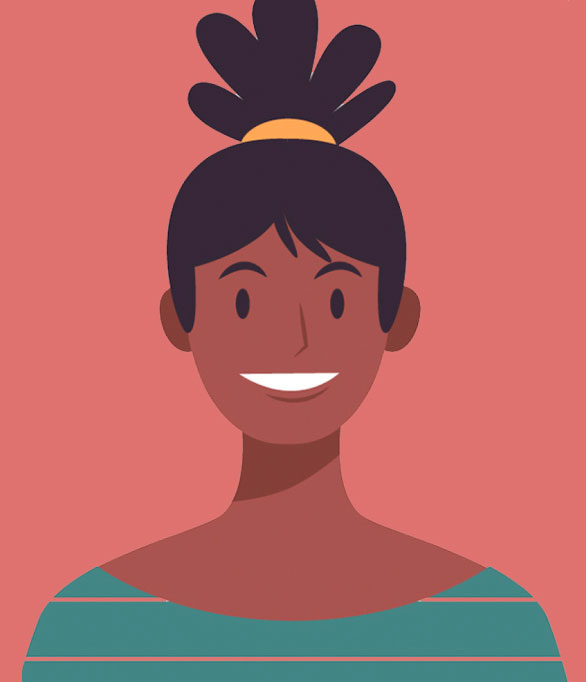The Hard Truth.
I am fully aware as I write this article that it’s not going to win me any friends. But I don’t do what I do to win friends. I do what I do to help people. My goal is to always be honest and frank with all of you. Sometimes that means I write or talk about topics people don’t want to hear or read about. But if you know me, even a little, you know that won’t stop me!
Over 70% of men and women are considered overweight or obese. That is a staggering number!
Why? How did so many people become overweight?
Let’s take a look at how the size of a portion of a few common foods has changed from the 1950s to now.
Food.
Bagels
Cheeseburger
Popcorn medium bag
Soda
Blueberry muffin
Then.
3 inches
4.5 ounces
5 cups
6.5 ounce
1.5 ounces
Now.
6 inches
8 ounces
11 cups
20 ounces
5 ounces
Overeating Healthy Foods.
It is very common for patients to report that they “ate too much spinach” or “too many handfuls of nuts” per day prior to their new kidney stone. Unfortunately, even healthy foods should not be thought of as “free foods” that can be eaten whenever one wishes and in any sized portion.
Second Helpings.
Why do we go back for a second helping? Many say that they are still hungry so I ask my patients to ask themselves if they really are hungry or are they just mindlessly putting more food on their plate. Perhaps going back for a second helping is simply a habit. Next time, take a moment to relax before getting up to go for more food. You might just be surprised to see you don’t want the extra helping.
Clean Plate Club.
I was raised in a house (as many were) where it was expected you would finish all food on your plate. If you didn’t finish the food on your plate, you didn’t get dessert. Being the sweet lover that I was, I always cleaned my plate. Not a crumb was left and to this day, even with what I do for a living, it is rare that I get up from the table without finishing everything on my plate.
Since I know myself well, I have created workarounds so I don’t overeat. I use dessert or salad plates, not dinner plates (in the 60’s plates were 7-9 inches across, today they are 12), for all my meals. I pick healthier foods to make up the largest portion on my plate, and I do my best to eat slowly. I am known around town as a fast eater, so this is hard for me, but I try to be mindful of my shortcomings.
Something You Should Know About Nutrition Labels and Portion Size.
The Nutrition Labeling and Education Act of 1990 require that serving sizes listed on the nutrition label mirror current eating habits. This means the serving size will reflect how much people eat, not what they SHOULD eat. As I stated before, since we are eating so much more of most foods than we did decades ago, the serving sizes on food labels increased accordingly.
The FDA explains that a serving of ice cream, for example, which for many decades had been listed as a one-half cup, has now grown to two-thirds of a cup. And a serving of soda, long 8 ounces, is now 12 ounces. Here is an image of the new label that is currently being updated.
Visual Cues.
This link will help you get a mental picture of what your portion of meat, fat, carb, veggie, or fruit should look like. What you think a serving of pasta is and what it SHOULD be are two totally different things. Before you click the link, know that you will be shocked.
Dining Out Tips.
I do not eat out very much. There are a couple of reasons why. First of all, it is expensive and I would rather spend my money elsewhere, and it is too difficult to find healthy options. Not impossible, just difficult.
The portions served in restaurants are generally quite large. That justifies the big price. I know people who judge the restaurant not by the taste, but by the amount of food on their plate. The more food, the happier they are.
I have many patients who really struggle when eating out with how to make healthy choices. The challenge is the same whether you eat out for fun, for work, or for convenience. Here are some tips I hope will help you whilst out and about.
- Consider ordering a couple of healthier appetizers instead of ordering one big entree.
- Split your meal with your dining partner.
- Ask the server to wrap up half for lunch tomorrow before it comes to your table.
- Pass on dessert and appetizer or at the very least one or the other.
- Skip the carb and substitute extra veggies.
- Request that the server keep the bread basket in the kitchen.
- Too much alcohol can lead to bad decision making when ordering and is a source of extra calories.
- Check the menu online and plan on what you will eat BEFORE you get there.
- Have a broth-based soup or light dinner salad before dinner to fill you up.
- Order all sauces on the side or better yet, do without.
Portion NOT Perfection.
This mantra is something my patients are very familiar with. I say this multiple times a day. Sometimes you will want to treat yourself and have food that might not be the healthiest for you. The only way one can stay compliant for the long haul is to incorporate favorite desserts or a glass of wine here and there. When you do choose a treat, the portion is key. Have a little piece of cake or one scoop of ice cream. Stay away from foods that you will not be able to control very well. We all have them. Mine is Cheez-it crackers. I don’t buy them because it would be impossible for me to eat a small portion.
One goal of the Kidney Stone Prevention Program is to teach patients about managing portions. Whether someone is trying to bring back healthy foods they thought they couldn’t eat or control unhealthy foods they think they shouldn’t eat, the size of a portion is key. Be kind and patient with yourself. It takes time to change long-standing habits; nothing happens overnight.
Have a Question?
If you have any questions about cutting back on portion sizes, send me an email and we can discuss!














Leave a Reply